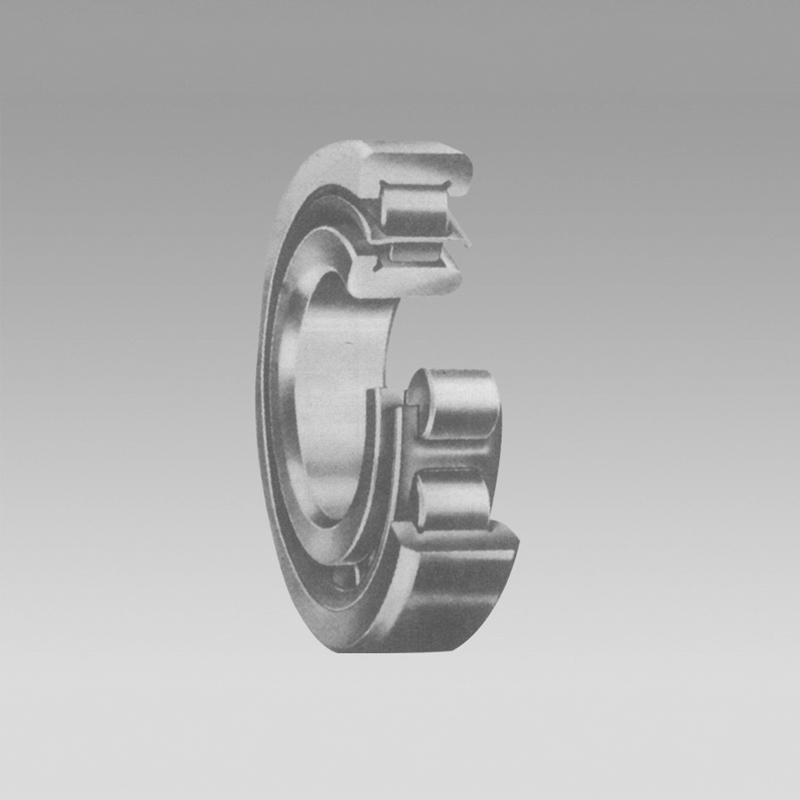
Nov . 11, 2024 11:38 Back to list
what is the purpose of thrust bearing
The Purpose of Thrust Bearings in Mechanical Systems
Thrust bearings play a crucial role in various mechanical systems by supporting axial loads and enabling smooth rotational motion. These bearings are designed to accommodate forces that are directed along the axis of the shaft, ensuring that components stay in alignment and function efficiently. Understanding the purpose of thrust bearings helps in appreciating their significance in engineering and machinery.
The Purpose of Thrust Bearings in Mechanical Systems
Different types of thrust bearings are tailored to meet specific application requirements. The most common types include ball thrust bearings, roller thrust bearings, and fluid thrust bearings. Ball thrust bearings utilize a series of balls placed between two rings, capable of supporting moderate axial loads. Roller thrust bearings, on the other hand, employ cylindrical rollers, providing higher load capacity and facilitating smoother operation under increased axial stresses. Fluid thrust bearings, often used in high-speed applications, rely on a thin film of lubrication to support loads, which virtually eliminates friction and wear.
what is the purpose of thrust bearing

The efficiency of thrust bearings also impacts the overall performance of machines. In applications where speed and precision are critical, such as in aerospace and high-performance automotive engines, the choice of thrust bearing can significantly influence efficiency and responsiveness. Properly selected and maintained thrust bearings contribute to reduced friction, minimized energy loss, and optimized power transmission, leading to enhanced mechanical performance.
Maintenance is another vital aspect of thrust bearings. Regular inspections and timely replacements can prevent catastrophic failures. Signs such as unusual noises, vibrations, or overheating may indicate that a thrust bearing is failing. By addressing these issues promptly, operators can maintain system integrity and avoid costly downtimes. Lubrication is equally essential; ensuring that thrust bearings are well-lubricated helps in reducing friction, heat generation, and wear, thereby extending their lifespan.
Thrust bearings also facilitate easy assembly and disassembly of mechanical systems. In industries where maintenance and upgrades are commonplace, integrating thrust bearings simplifies these processes. They allow for easier adjustment of axial clearances and play, making it possible to maintain optimal operational conditions without requiring extensive overhauls.
In conclusion, thrust bearings are indispensable components in numerous mechanical applications. Their primary purpose is to support axial loads and ensure smooth rotational movements, thereby enhancing the performance and durability of machinery. By selecting the appropriate type of thrust bearing and maintaining them correctly, engineers can significantly improve the efficiency and reliability of their systems. As technology advances and machinery continues to evolve, the role of thrust bearings will remain vital in securing the future of mechanical engineering.
Latest news
-
Premium Deep Groove Ball Bearings | High Speed & Reliability
NewsAug.29,2025
-
Durable Scaffolding Clamps - Secure & Reliable Tube Connectors
NewsAug.28,2025
-
Common Failures in Thrust Ball Bearings and Solutions
NewsAug.22,2025
-
How Tapered Roller Bearings Can Take Shock Loads
NewsAug.22,2025
-
Angular Bearings in High-Precision Spindles
NewsAug.22,2025
-
The Impact of Misalignment on Cylindrical Roller Bearing Performance
NewsAug.22,2025
